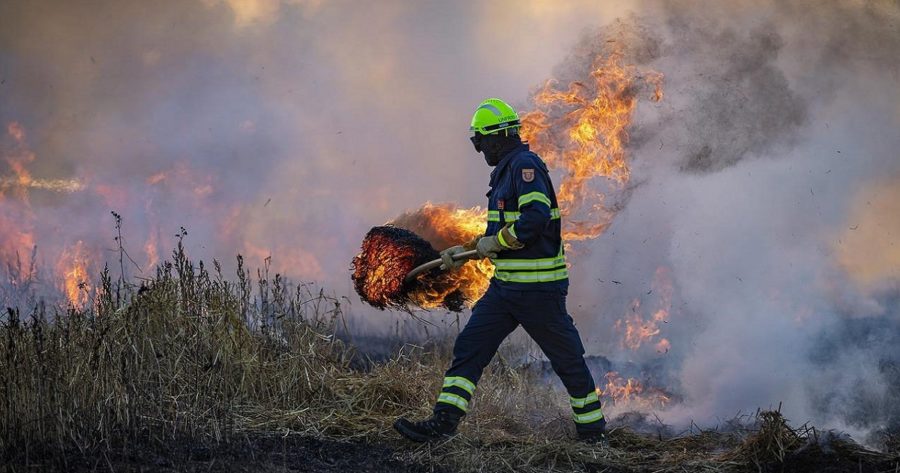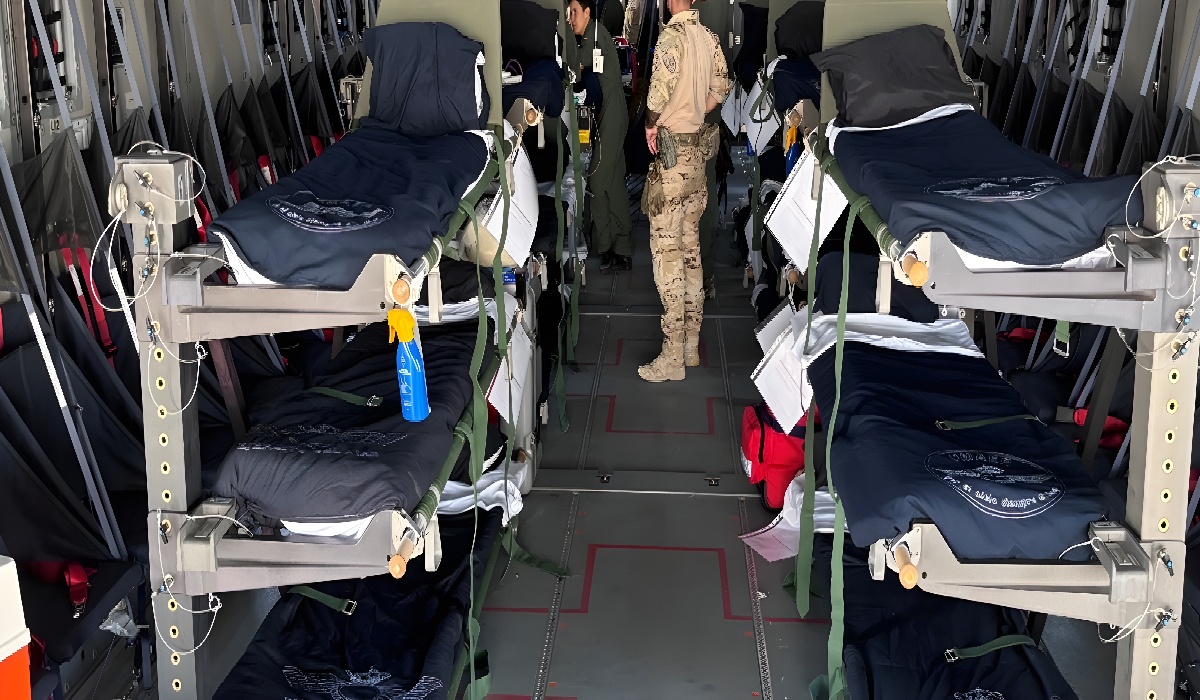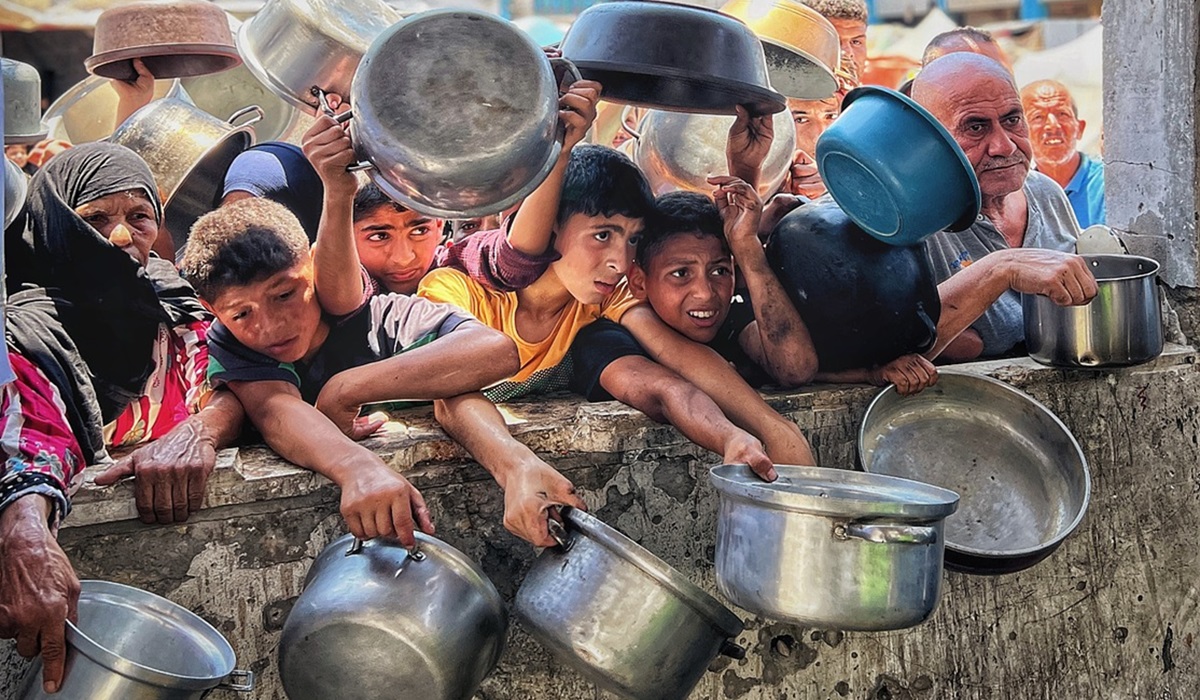Federal Government Makes $870 Million Available to Fight B.C Wildfires
- Jiu Hui
- Climate Change
- Trending
- Western Canada
- July 19, 2022

Control of the B.C wildfires is challenging due to climatic and geographic factors
By: Charlotte Hui
On July 14, 2022, a severe mountain fire burned approximately 1.7 km northwest of Lytton, BC. The wildfire is currently under control but continues to burn and shows signs of spreading.
This is the second wildfire disaster since the Lytton area wildfire of 2021.
Last year, the wildfire hit Lytton area villages first and had been named Nohomin Creek.
Lytton First Nation Acting Chief John Haugen said the fire destroyed six homes and triggered an evacuation order that forced 97 people from his community and about 40 from neighbouring areas to leave their homes.
The Nohomin Creek Wildfire spread to 250 hectares on the first day of burning. And now the Nohomin Creek Wildfire has expanded to 1,706 hectares, even though the B.C. Wildfire Service has established a barrier to stop the fire using control lines of natural or artificial materials such as fire retardant or water.
According to the B.C. Wildfire website “A warming and drying trend is forecasted and with less cloud cover, sunny weather and temperatures warming up more quickly throughout the day, relative humidity’s will be lower than over the weekend and fuels will continue to dry out.
“There was a very small amount of rain, but it didn’t do anything to assist the firefighters,” said Lytton First Nation Deputy Chief John Haugen on Saturday afternoon. “
On the other hand, the geography of the Nohomin Creek wildfire burn area is very complex.

“While the south, east, and north flanks of the fire are currently exhibiting minimal fire activity, the western flank remains active, but much of the terrain is steep and inoperable,” B.C. Wildfire Service said.
As a result, rescue efforts and suppression of Nohomin Creek continue to face serious difficulties. B.C. Wildfire Service states that the safety of rescue personnel is the number one priority now.
To better protect the safety of firefighters and the efficiency of fighting the wildfire, aircraft are currently the most crucial tool for fighting the wildfire and have had significant success on the south and north sides of the wildfire. At least six helicopters, three aerial refuelling planes, and one bird dog aircraft are currently engaged in the attack on the wildfires.
Due to the spreading of mountain fires in the surrounding areas, the relevant authorities have issued an air quality warning. The air quality in the Greater Vancouver area will be significantly affected accordingly.
Besides fighting the wildfire, archaeological work to protect the Lytton area is proceeding in parallel.
The fire’s west side is advancing towards the Stein Valley Nlaka’pamux Heritage Park. The park has an extensive collection of Aboriginal pictographs, and in 2018, this park was added to UNESCO’s tentative list of World Heritage Sites.
Lytton First Nation and B.C. Parks work together to identify sensitive sites of cultural value and develop conservation plans. Federal Emergency Preparedness Minister Bill Blair announced Monday that $870 million in funding would be available to assist with disaster relief efforts in B.C.
In an interview with Global News Saturday morning, B.C., Wildfire Service information officer Nicole Bonnett implied more crews are expected to join the front lines. Officials said, “holistic restoration work in the Lytton area is expected to begin in September.








